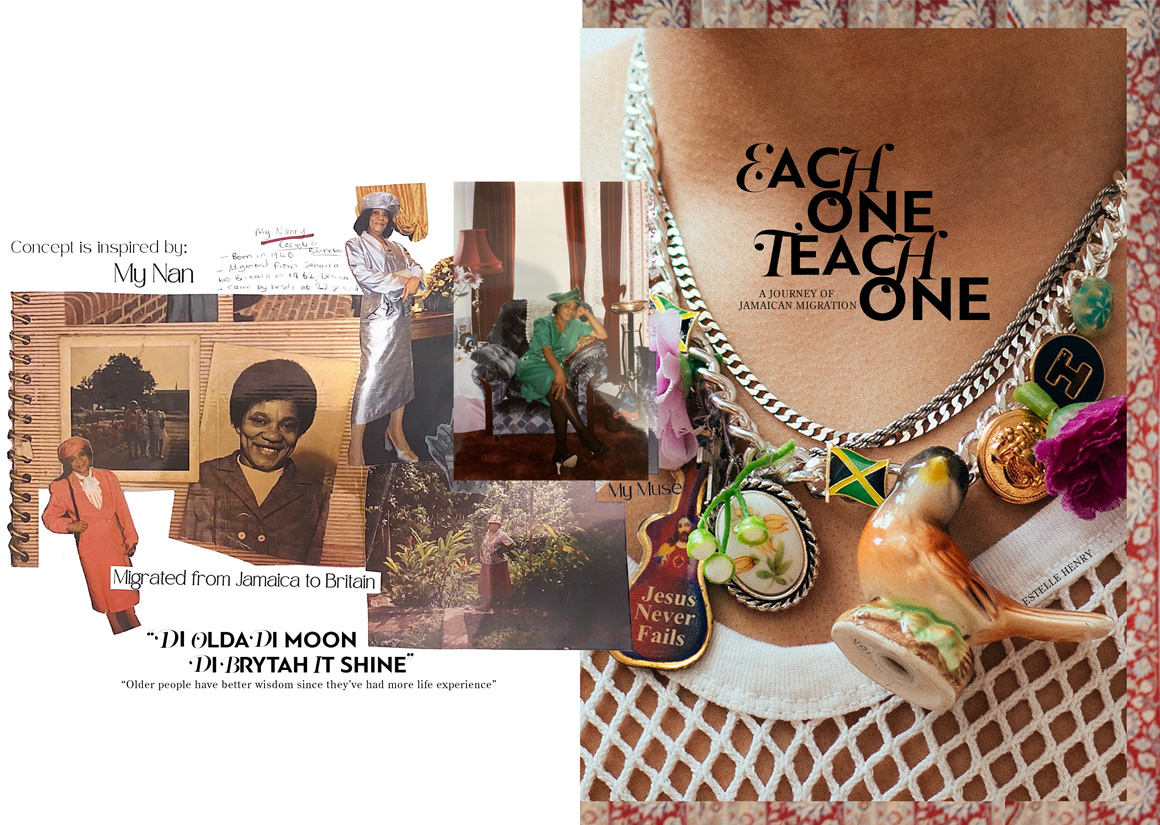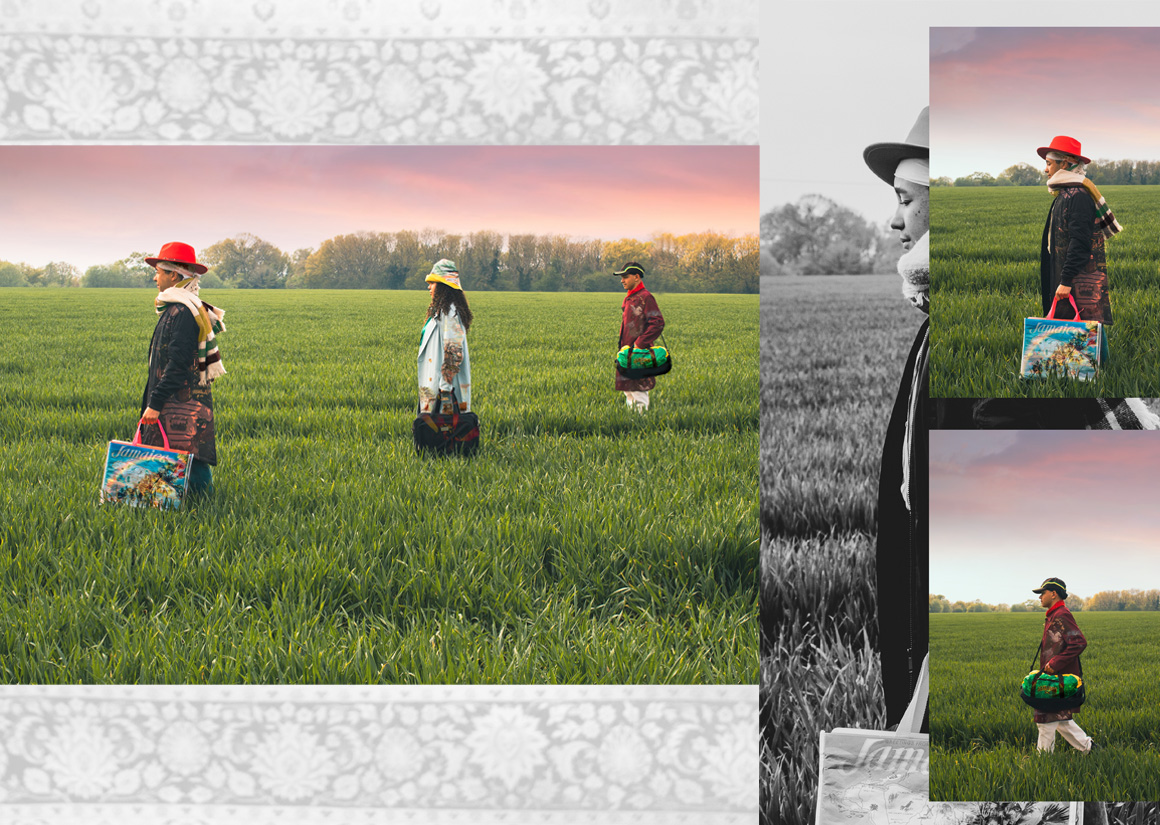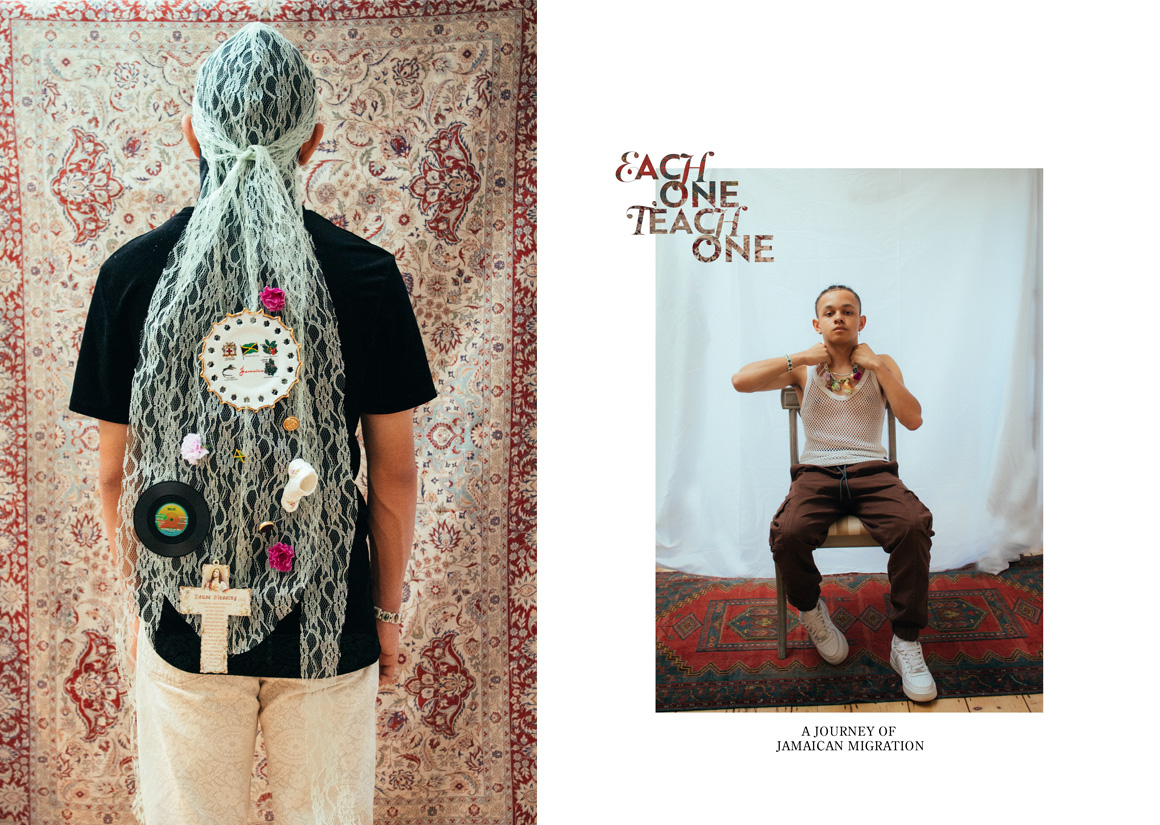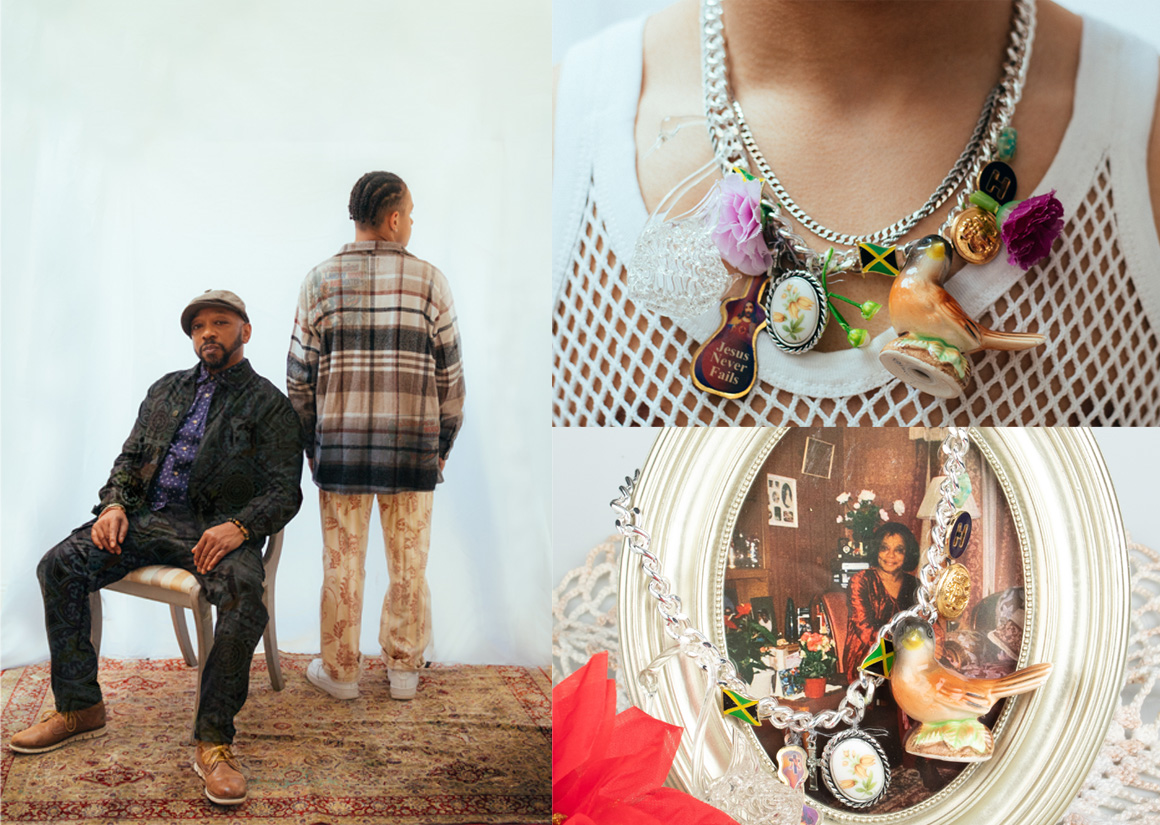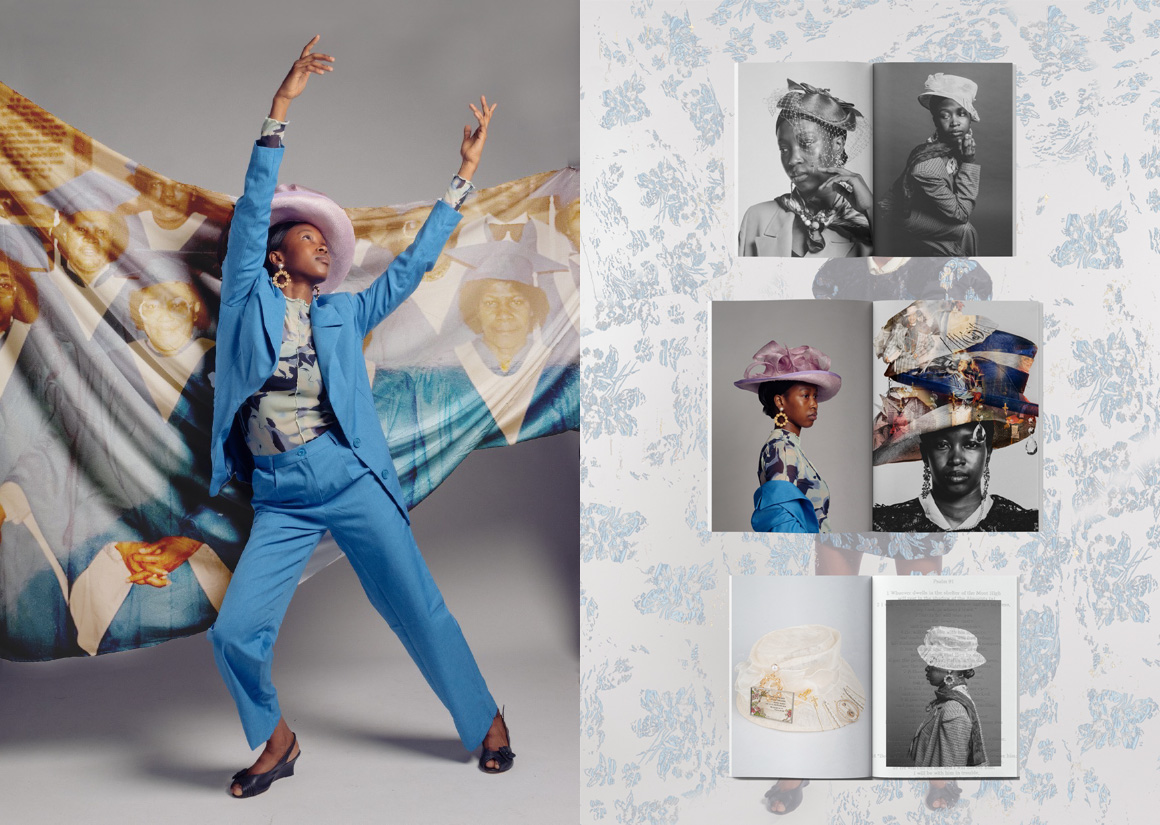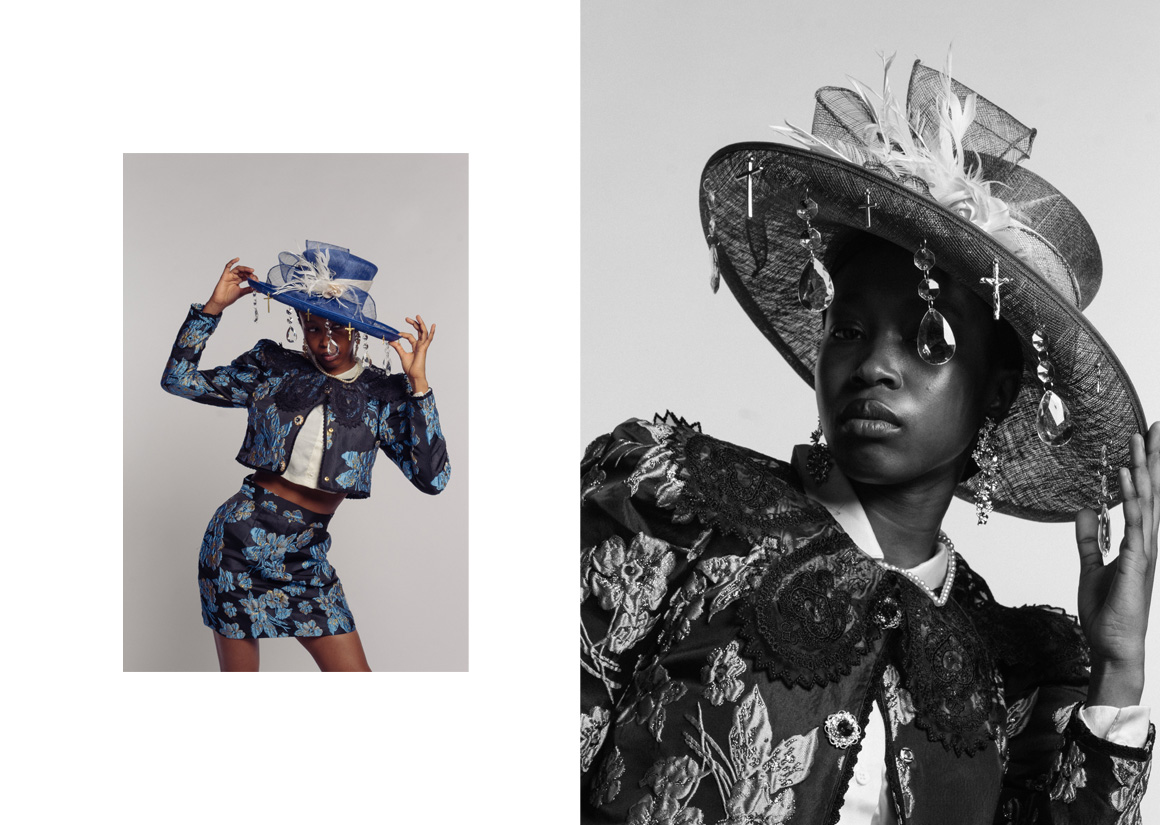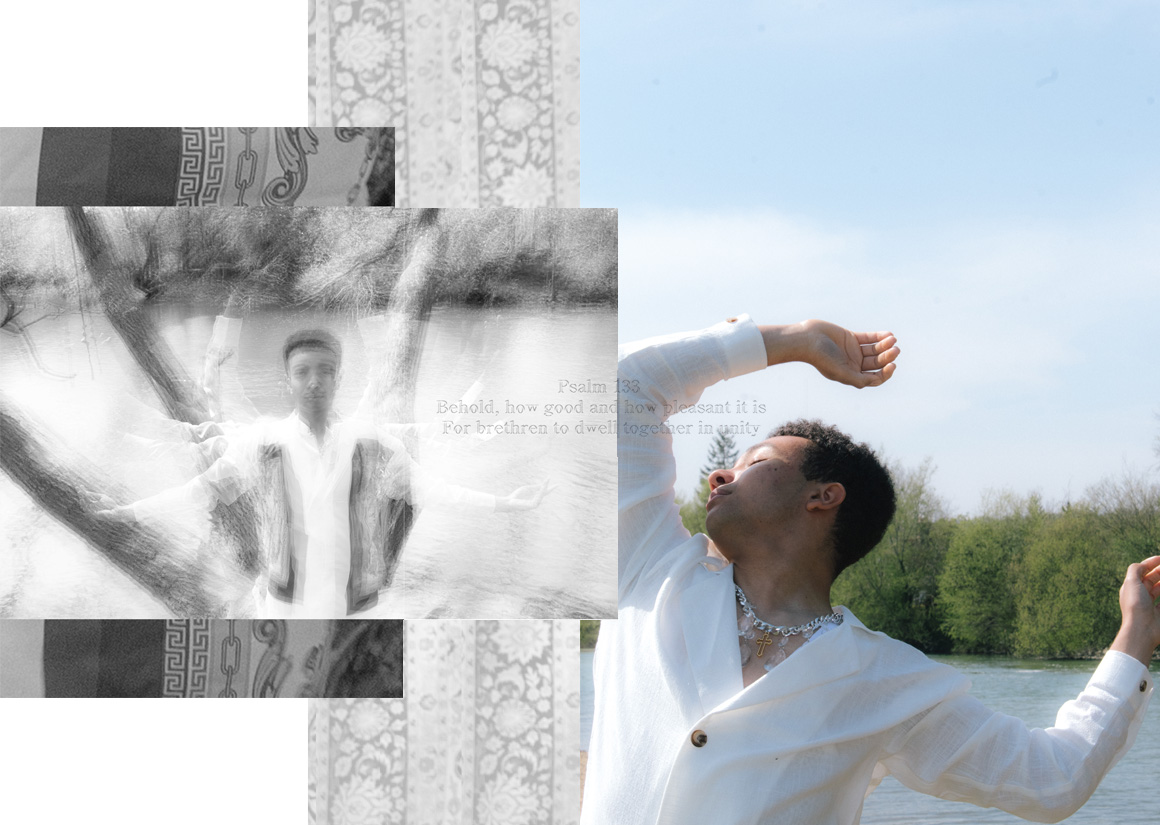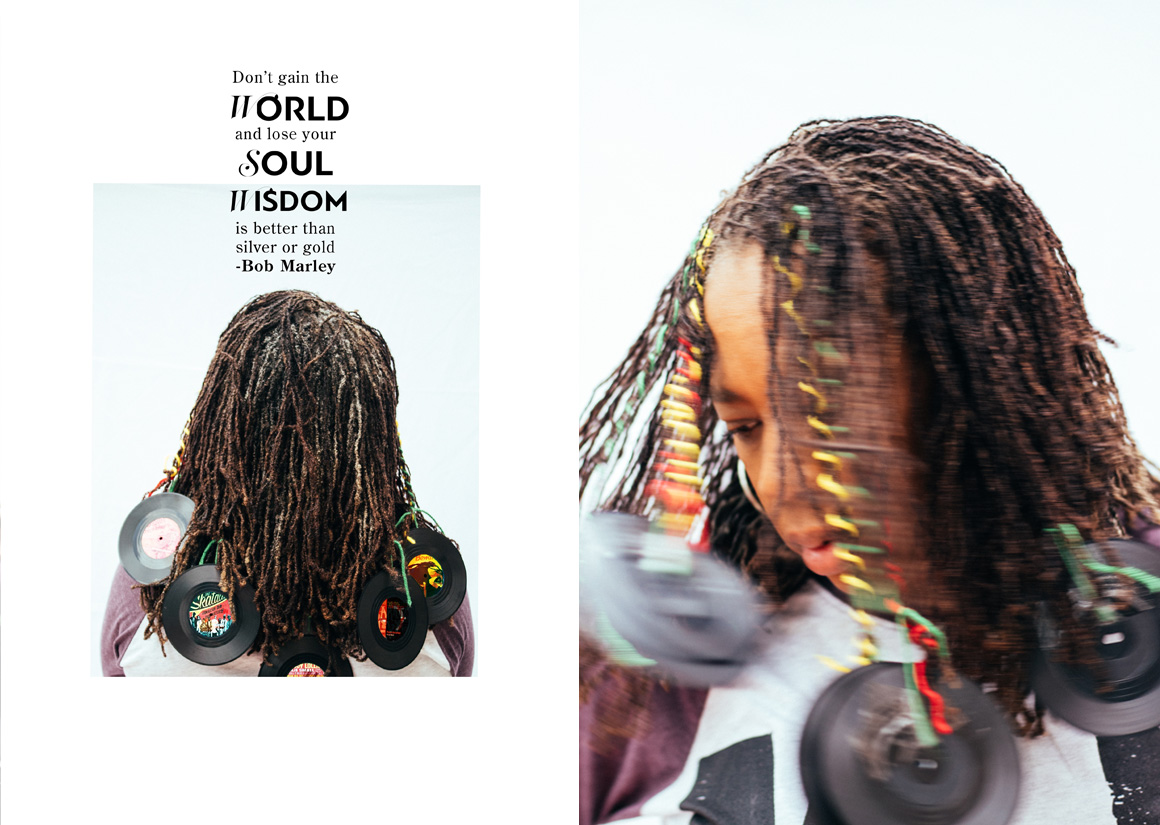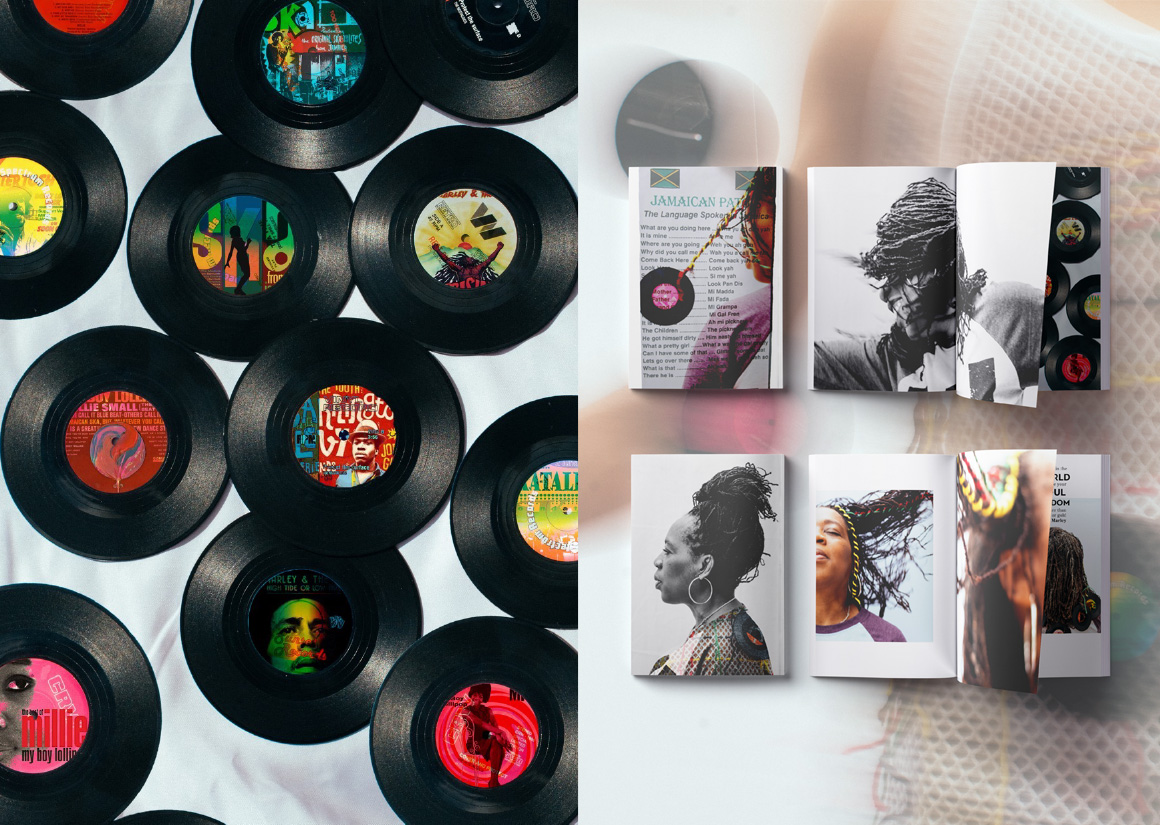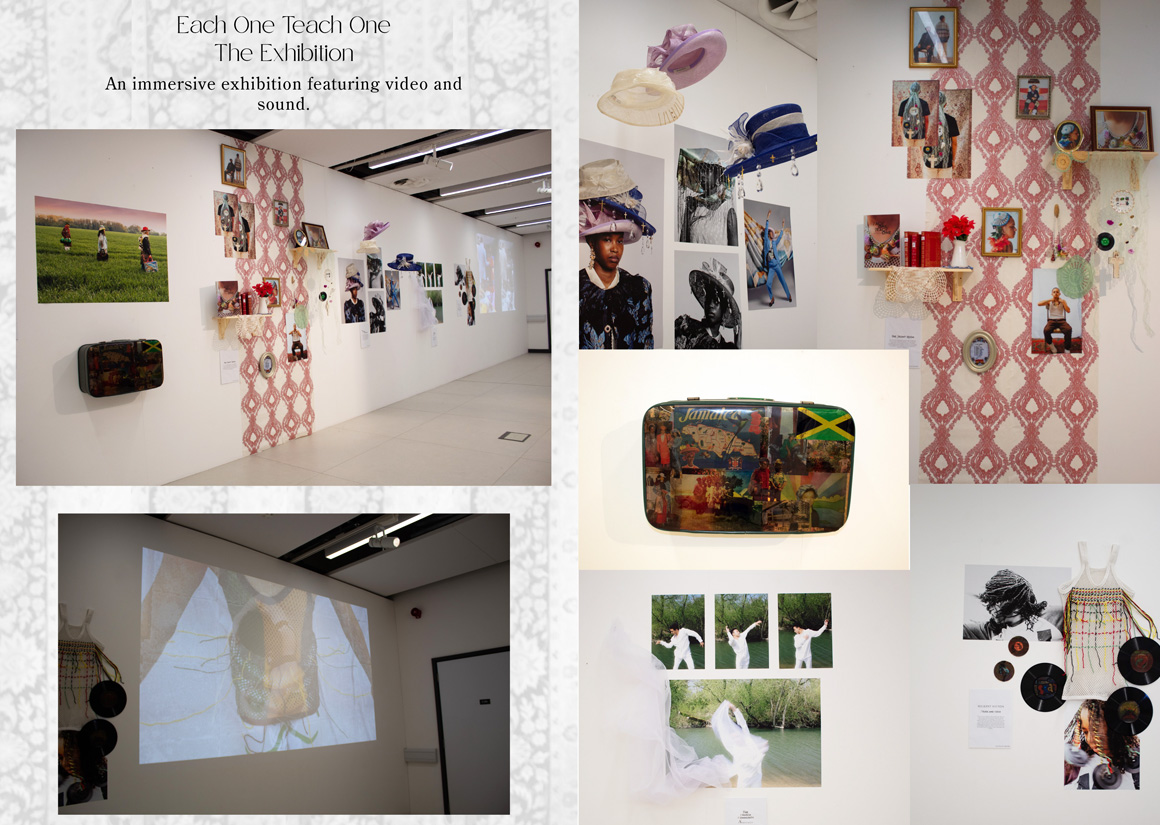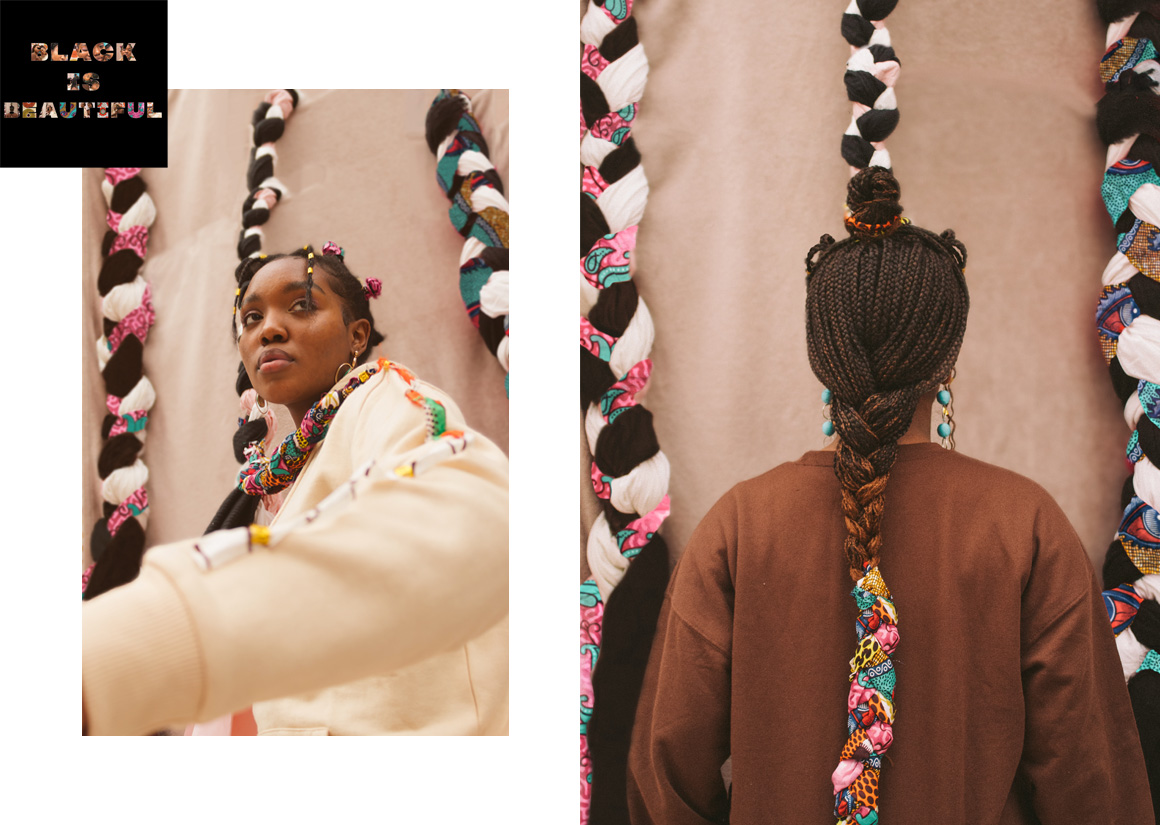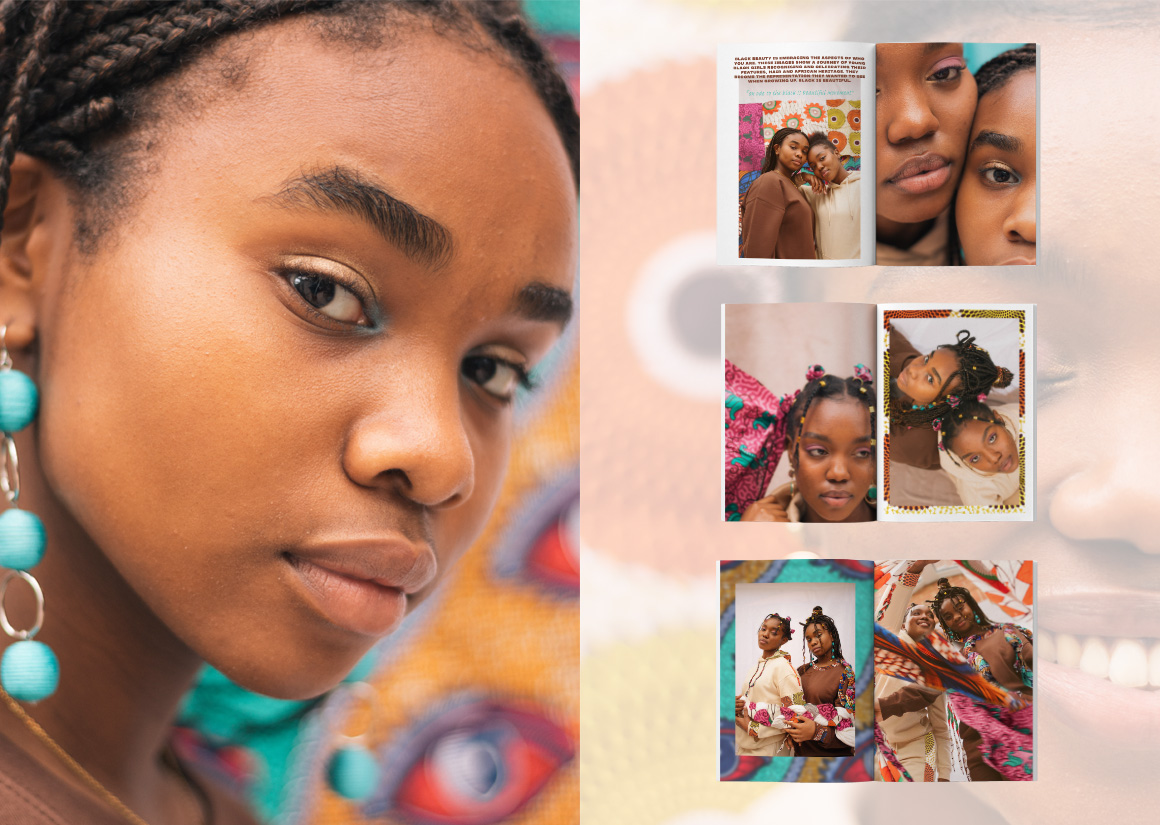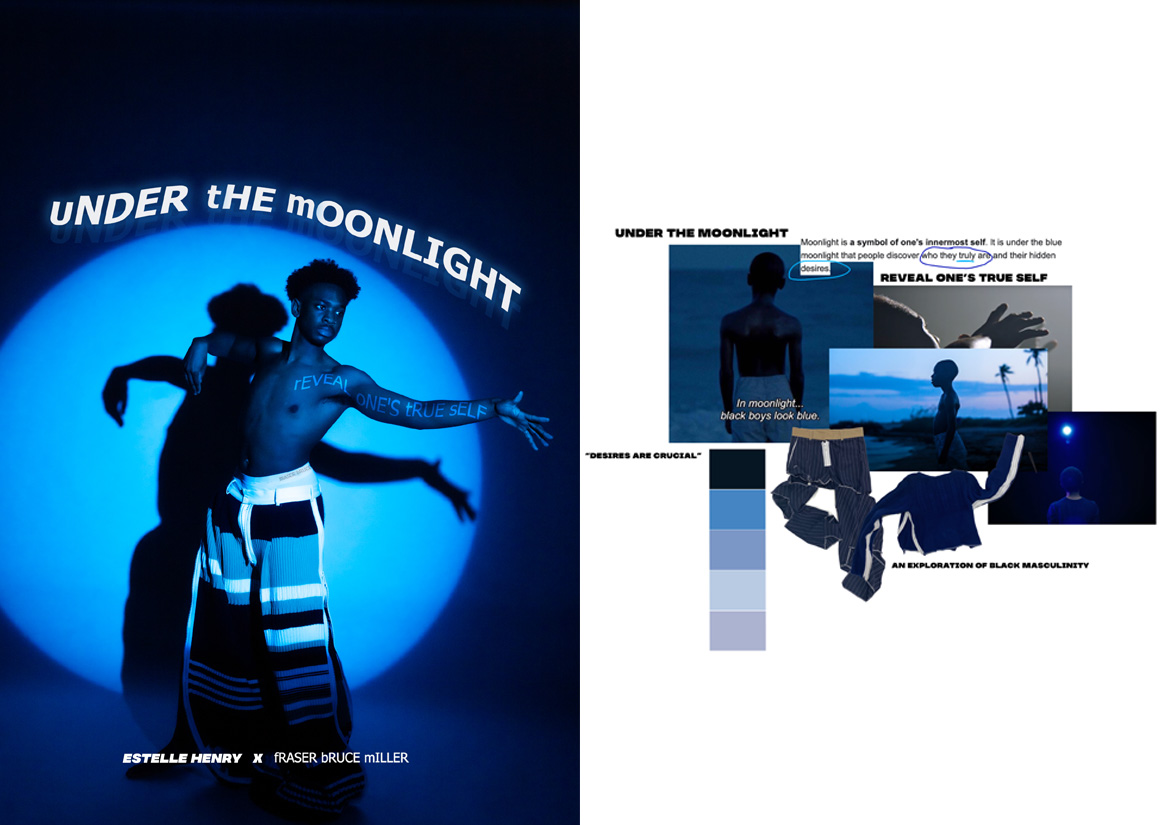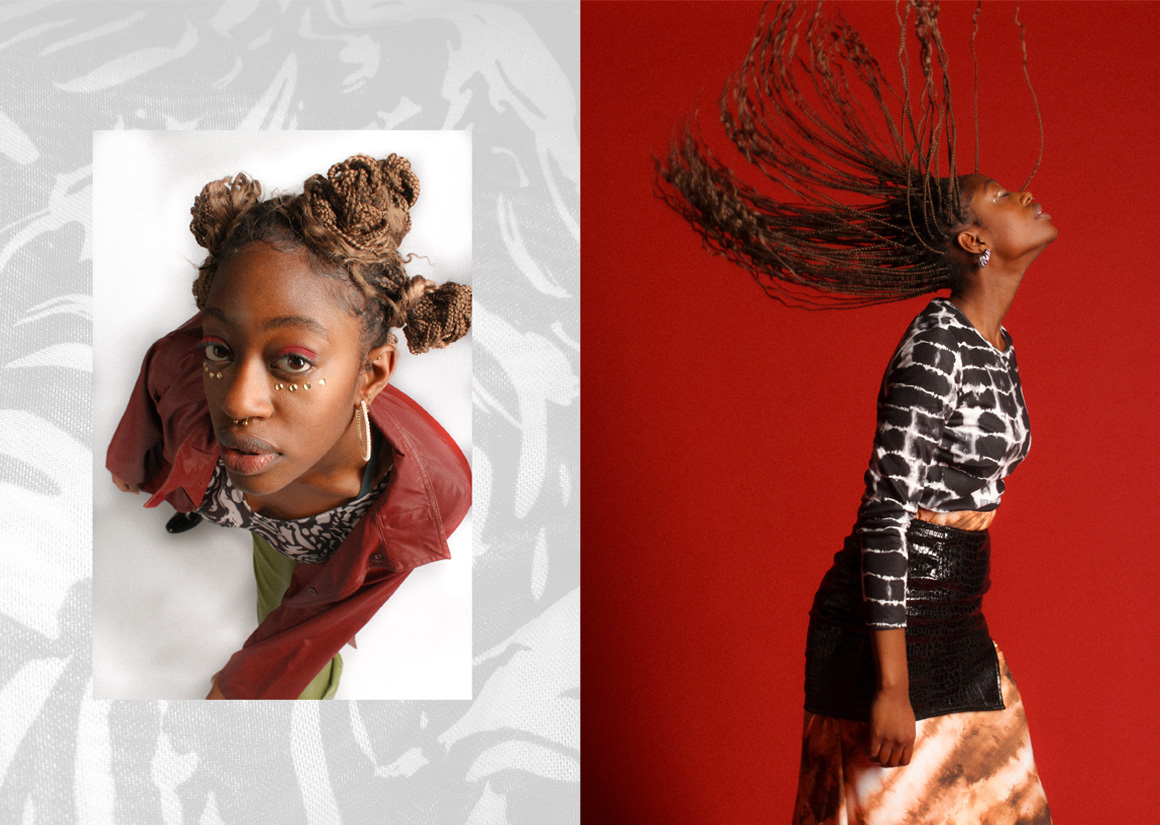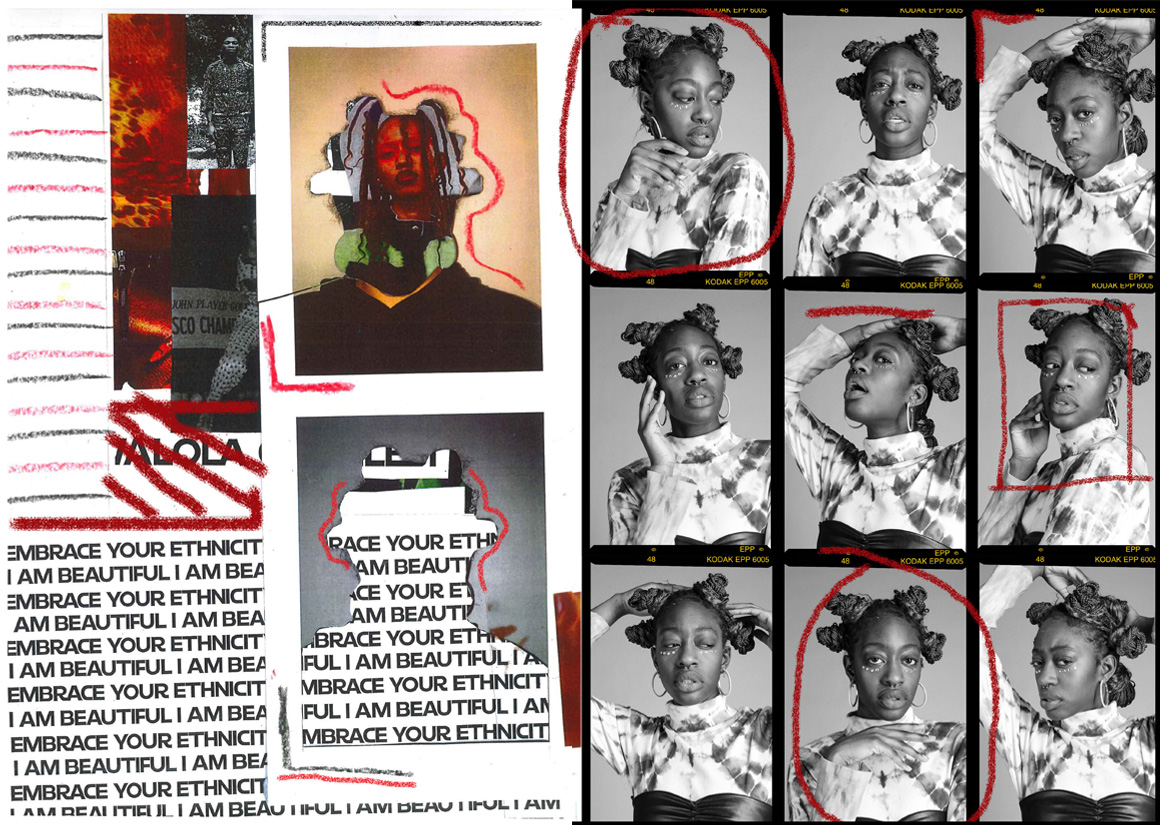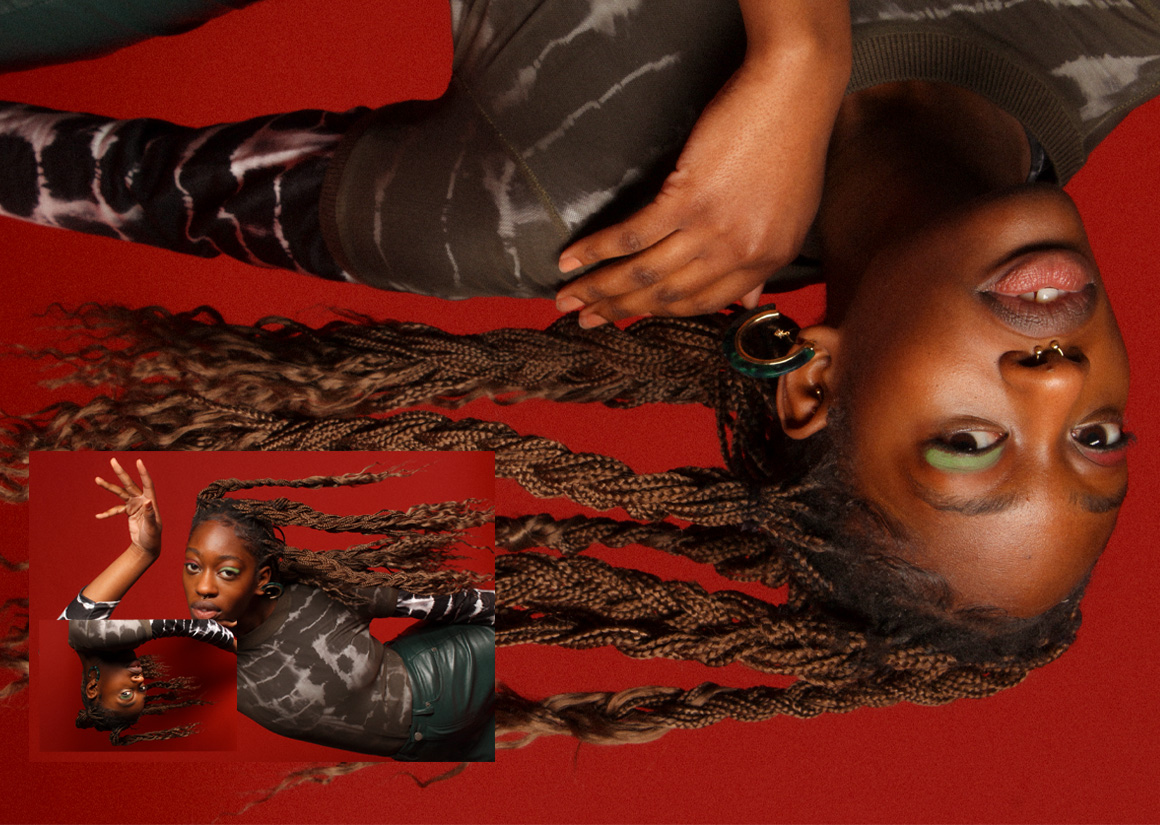
About Me
Hi, I'm Estelle, a Fashion Communicator
Estelle Henry is a Fashion Communicator with a variety of skills ranging from art direction to photography. The celebration of heritage and culture are key values throughout her work, carried through from research to concept creation and the execution of final outcomes.
From studying fashion communication and styling for three years I have discovered the key values that I want to embody in my work. Many of my projects are based around stories in the Black diaspora. I aim to take these narratives and visually communicate the strong messages. I am passionate about diversifying the representation in the industry and conveying narratives based around this. I also pride myself on creating concepts that have a deeper meaning and reflect my personal views, whilst still executing the brief.
INSPIRATION
My inspiration comes from exploring and celebrating the rich, cultural history in my life.
The focus for my FMP stemmed from my Nan, who migrated from Jamaica to Britain in 1962. I have learnt about my Nan’s lived experiences and been able to retell these stories and visually present them in a way that can connect to wider audiences. Each one Teach one, is an exploration of this migration. I have intertwined this journey with the knowledge and teachings that have been brought over by our elders. This migration has carried over a vibrant culture including customs, style, religion, and music.
My work is woven with symbols and semiotics whether that be in clothing and accessories or aspects that extend throughout the image in different ways. I take many references from historical viewpoints, but make sure to analyse in contemporary ways looking at elements in the perspective of the younger generation. I value my family history and lived experiences, so I also want to evoke feelings of nostalgia to create an understanding that our history lives within us and it is still important in our lives.
MY WORK
PORTFOLIOS

DETAIL
Incorporating colours and patterns was important to represent the vibrant Caribbean culture.
Throughout my work, I have integrated details to strengthen my messages. In “Each one Teach one”, I handmade aspects and sourced second-hand materials. The process of listening to my Nan’s stories and researching aspects such as “The Front Room” provided lessons of treasuring and looking after possessions to increase the lifespan of products. For example, crochet and lace textures in the home are used for function and fashion. I took this way of thinking and created accessories such as the lace durag which combined important ornaments to create the ‘shrine like’ presentation. Symbols and semiotics were also included in a variety of ways to each of the sections throughout my project. These took the forms of colours, textures, shapes, and patterns representing the culture and important factors such as the creolisation that has occurred due to migration movement. Britain is becoming a lot more culturally diverse, and we should constantly be curious and learning and taking this knowledge to teach others.
